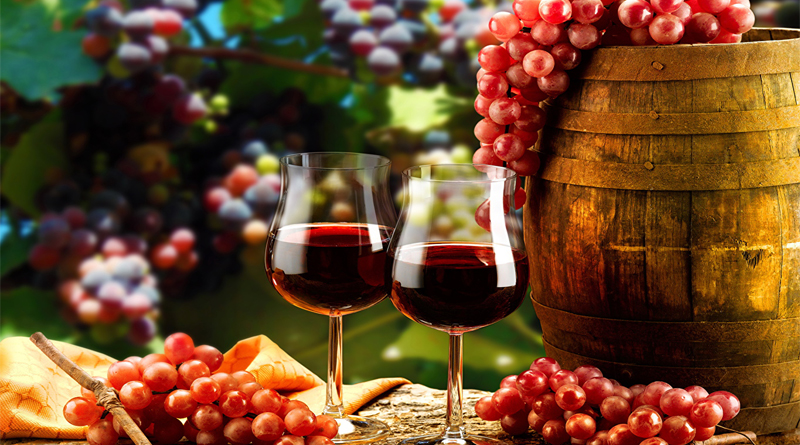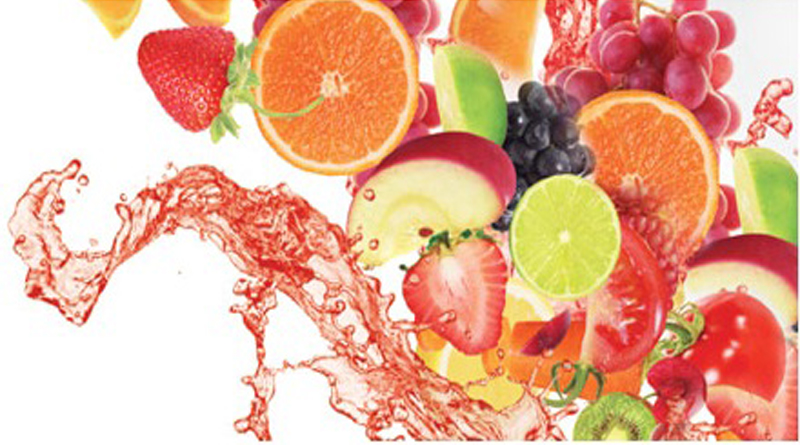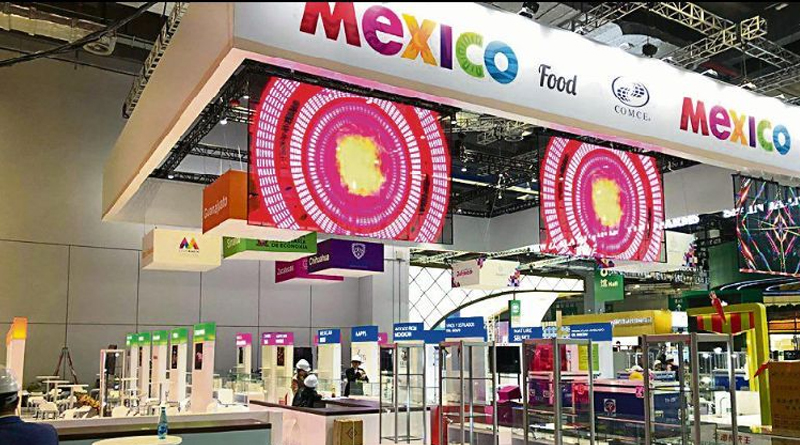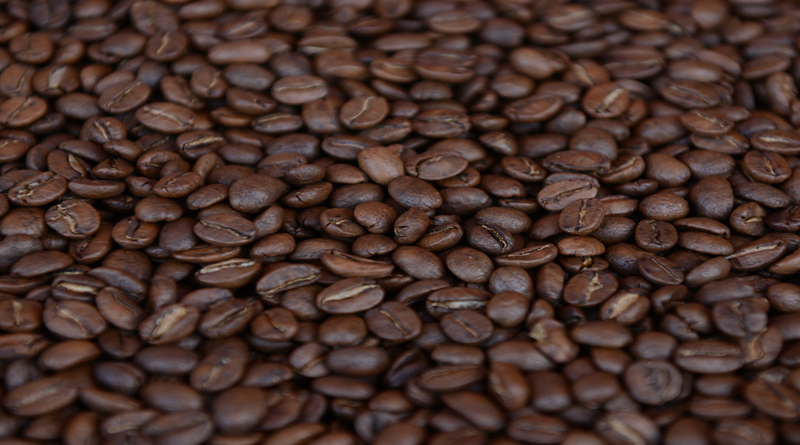Waste from wine making can have a second life as a shelf-life–extending ingredient in fatty foods, researchers at the University of Nebraska-Lincoln (UNL) have shown. The pulpy residue, which is known as pomace, can contribute to pollution when the pesticides and fertilizers used on wine grapes leach into soil and water, explains researcher Changmou Xu, an assistant professor at UNL’s Food Processing Center. So finding a commercial use for pomace is doubly beneficial: it has the potential to provide an economic as well as an environmental benefit.
Xu’s team used phenolic compounds separated from the other components of pomace as a substitute for artificial antioxidants like commonly used ethylenediaminetetraacetic acid (EDTA), an approach the researchers think has potential because of its clean label benefit. They found that the compounds were able to inhibit lipid oxidation in mayonnaise by about 30%–40%, thus extending shelf life. This was less effective than the EDTA, which inhibits lipid oxidation by about 80%–90%, so Xu’s team is working now to try to improve the phenolic compounds’ performance to bring it up to a level comparable to EDTA.
Specifically, the work involves using an in vitro chemical model to study the iron-chelating activity (which inhibits lipid oxidation) of phenolic compounds, Xu says. He adds that incorporating the phenolic compounds into formulations is just as simple as incorporating artificial antioxidants, so the impact on formulation is minimal.
In a previous project, the researchers used grape phenolic compounds to achieve a 60% reduction in the formation of suspected carcinogen acrylamide in fried potato chips. They have also studied the use of grape phenolic compounds as natural antimicrobial agents to inhibit foodborne pathogen growth and biofilm formation.
Xu says his research team, which is collaborating with a major food company, is exploring applications of phenolic compounds from a variety of plant sources, including grape waste and hops, with a goal of commercializing them as added-value food ingredients. Globally, the wine industry produces about 14 million tons of pomace every year, according to the Food and Agriculture Organization of the United Nations.
Source: IFT









